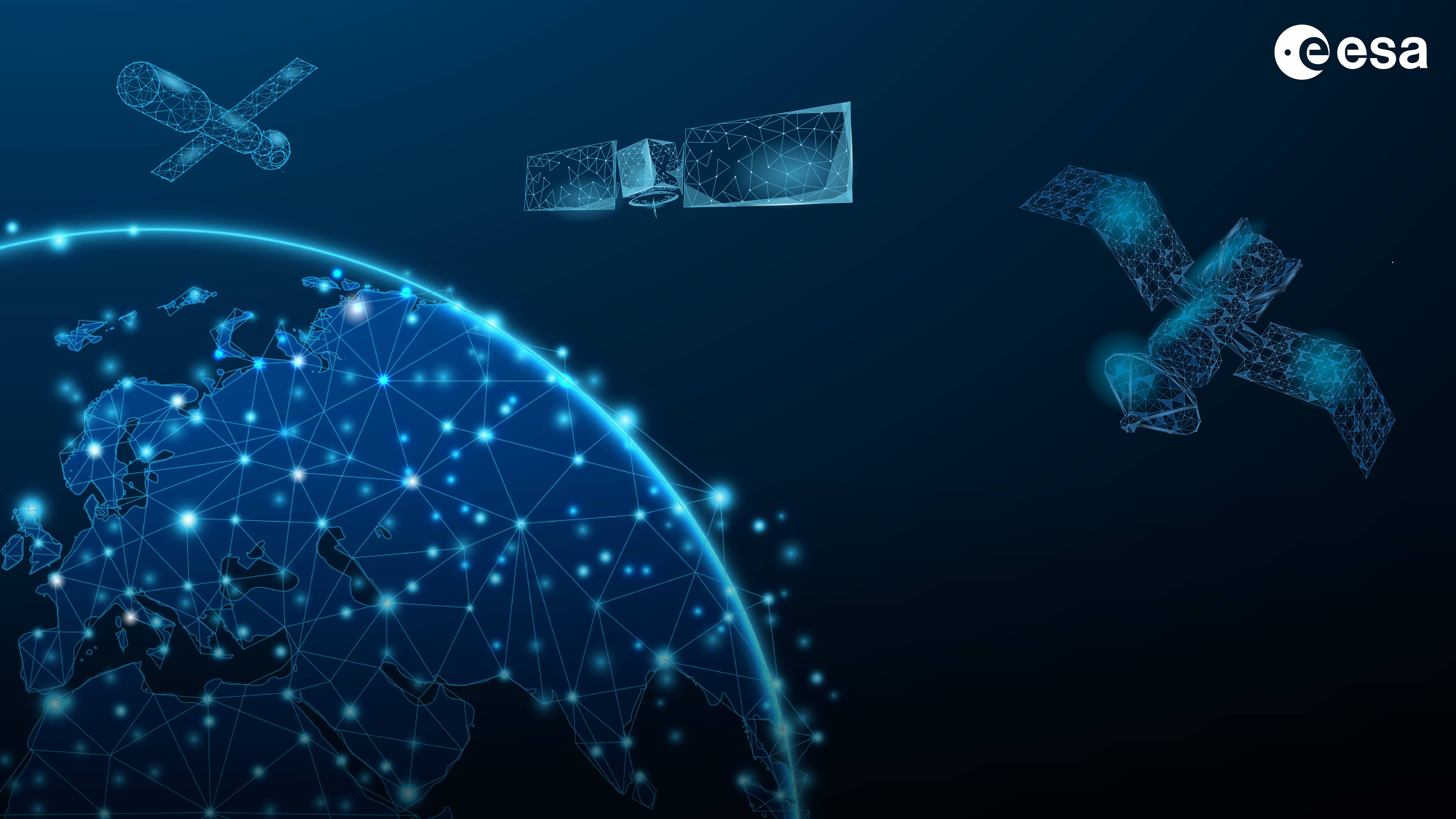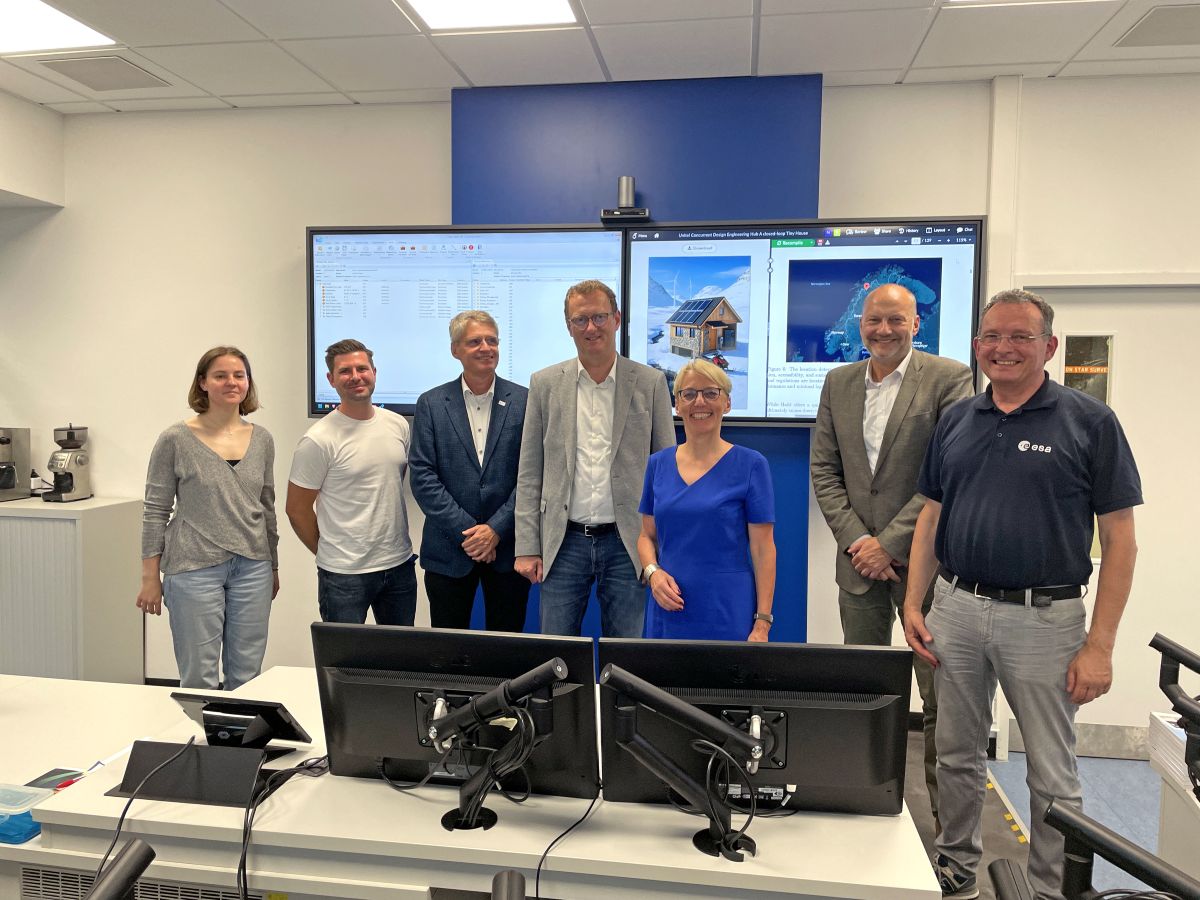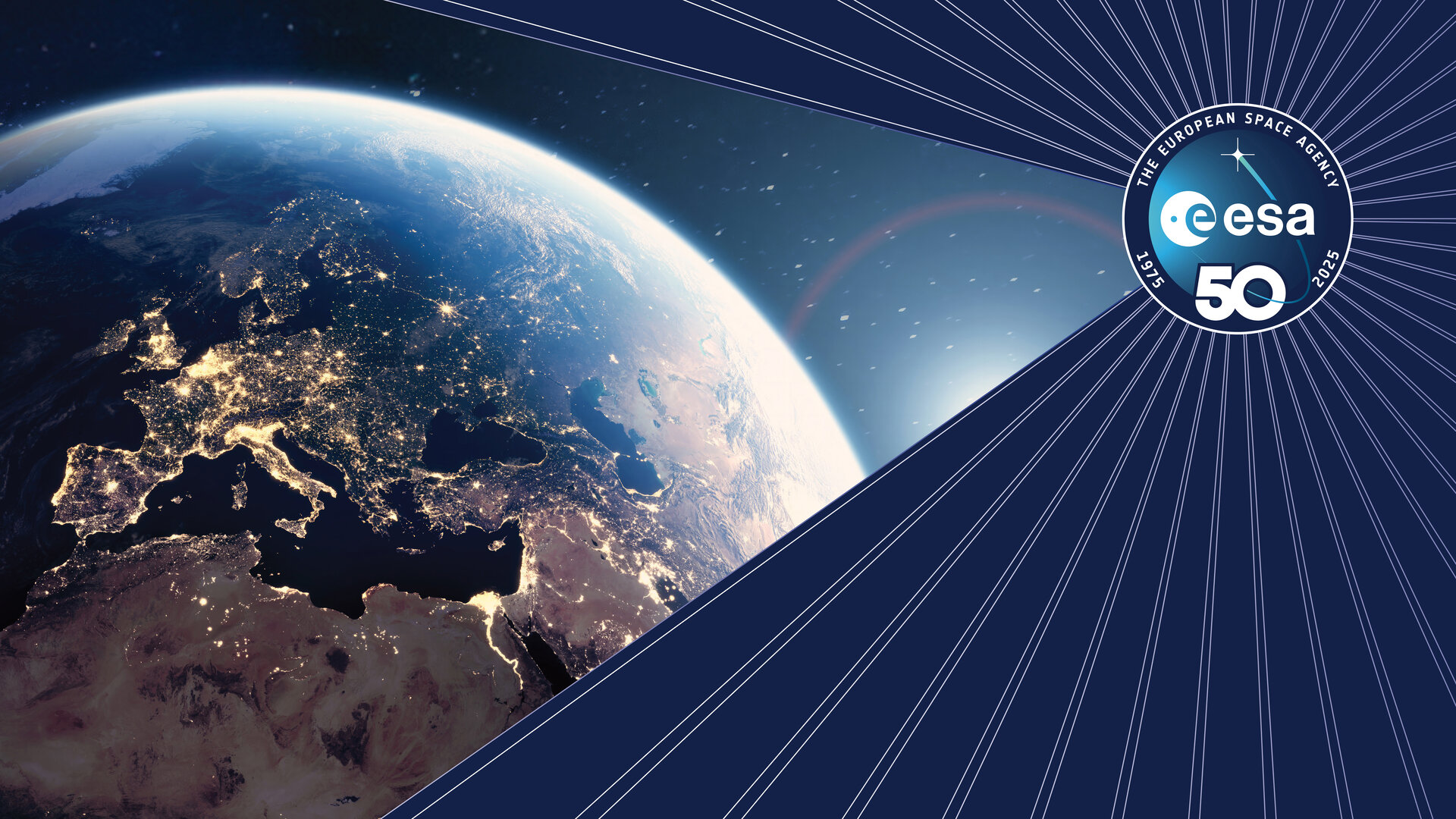A2I Roadmap @ ESA's Missions Operations
For years, ESA’s ESOC mission operations center has been actively involved in integrating Artificial Intelligence (AI) into current and future space missions, collaborating closely with European AI research institutes, industry partners, and national agencies. In 2021, ESOC initiated a project aimed at outlining a clear direction for AI implementation in mission operations. This initiative led to the creation of the Artificial Intelligence for Automation (A2I) Roadmap, developed by a team of over 70 specialists at ESOC, with support from an industry consortium. The roadmap underwent further validation and refinement in collaboration with the European space and IT sectors.
Mission operations encompass a wide range of tasks, including mission analysis, flight dynamics, operations preparation, simulator development, and satellite and ground station monitoring and planning. The A2I Roadmap team conducted a thorough analysis starting from pain points to evaluate the potential impact of numerous AI use cases in mission operations and space safety, with activities at ESOC serving as a reference point. This analysis included an assessment of the data landscape, technological readiness, and feasibility of each identified use case. The findings indicated that AI has the potential to significantly enhance mission operations by streamlining processes, reducing workload, and automating repetitive tasks.
Through strategic collaboration and focused development, the A2I roadmap pinpointed five priority domains and 14 specific use cases within mission operations for targeted AI application development. By capitalizing on synergies to facilitate cross-development, minimize deployment time, and enable scalability, the roadmap aims to maximize the effectiveness of AI integration in mission operations.

The main objective of the A²I Roadmap is to cultivate the growth of the European Space Sector by leveraging applied AI in mission operations. Alongside this goal, the roadmap presents various supplementary advantages, illustrated in the infographic below. Furthermore, it guarantees ESA’s continued prominence in both advancing and implementing AI for spacecraft mission operations, solidifying its role as a primary facilitator for the European industry, reinforcing ESA’s Agenda 2025 artificial intelligence aspirations and ESA’s STARS.
Beyond the A2I Roadmap
At ESOC, several AI initiatives beyond the primary use cases of the A2I Roadmap are under development to advance the technology and address the foundational data layer supporting all AI applications. This symbiotic process facilitates the ongoing assimilation and incorporation of cutting-edge methodologies, ensuring a leading edge in mission operations, fostering future innovation, democratizing access to data, and enhancing efficiency. The AI effort within ESOC foresees the focus on five capabilities, four belonging to applications and one to data foundation.
1. Automated Health Monitoring and Control: this capability allows AI-enhanced detection of anomalous conditions, diagnostics, prognostics and will automate processes with the monitoring and control of spacecraft and ground segment.
2. AI-Enhanced Decision recommendation and planning: this capability allows AI-enhanced planning.
3. AI-enhanced modelling and simulation: this capability provides AI-enhanced simulation engines to be integrated into operational simulators. It will enhance mission-critical analyses, simulations, situational awareness, and calibration synchronization of simulators.
4. AI-Automated content generation and AI-enhanced user interaction with data: the capability allows the use of AI to support generating reports, translating text into technical language, and exploring data within user-friendly and textual interface.
5. Data Handling, Management, Governance, Assurance: the capability provides structured data, improve user interfaces, enhance data systems and architecture and provide pipelines for governance and assurance.

The present array of AI technology development endeavors is illustrated in the accompanying infographic. Applications are categorized by domain and AI stream, with data foundation activities serving as the foundational layer across all applications, functioning as a pervasive enabler. Purely research collaborations with European research institutes and universities are not included in this depiction.


Journey
ESOC collaborates with European industry, research institutes, and national agencies to implement the A²I Roadmap and other technology development initiatives. Beyond the technical aspects, a crucial focus of the A²I Roadmap involves addressing the human dimension to ensure the adoption and acceptance of developed solutions. This is accomplished through agile methodologies, where cross-functional teams from ESA and industry work closely together, conducting daily check-ins and fortnightly sprint reviews and planning sessions. The management of these agile activities follows principles of agile at scale, including periodic coordination meetings across all involved activities.
Since publishing the A²I Roadmap in 2021, several notable solutions are being developed. Among these, the following stand out:
1. AInabler. ESOC, in collaboration with industry partners, has developed AInabler, aimed at facilitating the structured development and scalable deployment of AI applications. Inspired by MLOps principles, this platform empowers users to construct, train, and implement machine learning models for automating space operations. Accessible as a platform-as-a-service, AInabler is accessible to internal ESOC projects and ESA affiliates, contractors, and third-party collaborators driving data and software developments. For documentation and source code of the AInabler platform, visit the dedicated website: https://ainabler.space-codev.org/.
2. OCAI. The Operations CompAnIon (OCAI) is an AI tool designed to enhance decision-making processes for flight control teams. With the growing complexity of systems and data fragmentation, virtual assistants are increasingly valuable. ESOC has addressed this need by developing OCAI, which streamlines data retrieval,
correlation, and analysis across multiple heterogeneous systems. Its core capabilities include advanced search and data correlation across diverse sources, supporting queries based on TM parameter names and specific. While not supporting Q&A capabilities yet – a GSTP activity to tackle this is under procurement, OCAI has already demonstrated to enhance operational efficiency. The tool is currently being used by 6 ESA missions operated by ESOC and will be rolled out to more in the upcoming weeks.
3. 4caster. It is a short-term time-series forecasting application that leverages an AI foundation model to describe spacecraft’s telemetry parameters behaviour. It is fully integrated into the existing ESOC technology stack to facilitate adoption by end users. Developed and operationalised on one ESA mission, plan to extend its use to other ESA missions is being finalized.
4. Root-cause anomaly assistant. A Large Language Model-powered application to support the root-cause investigation of anomalies currently performed manually of flight control teams. Developed and operationalized on only two ESA missions, the roll out plan to extend its use to other missions is under refinement.
Our journey so far with key milestones achieved is depicted in the following picture. For every application developed, we also measure impact. So far, these demonstrate that the original business case we produced was conservative as benefits extend well beyond the metrics initially considered.

Our plan foresees implementing the A2I Roadmap by 2025. Development is on time and well underway. For the application layer, one GSTP activity is nearing completion and two are under procurement. For the data foundation layer, multiple activities have been awarded and will begin implementation shortly.




